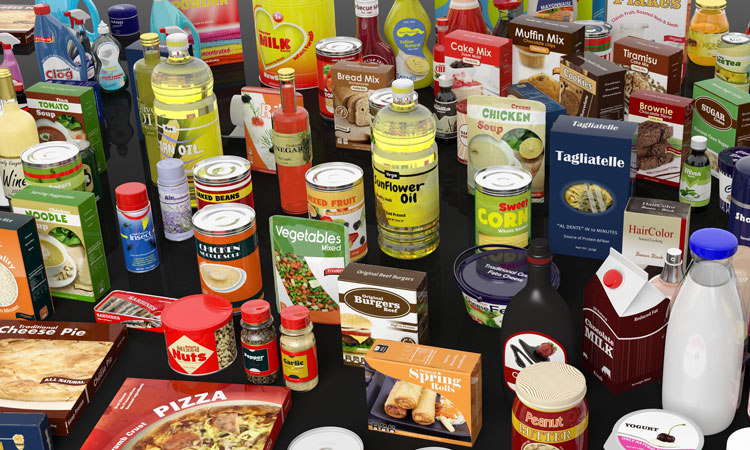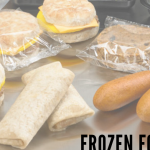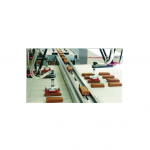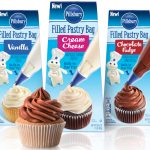
Your guide to food packaging
In a competitive landscape like the food industry, it is important to get the packaging right. This isn’t just for practicality, but to keep a competitive edge on busy supermarket shelves. Here, Debra Weiss explains what type of packaging manufacturers should be looking for, what types should be avoided, and how best to keep ahead of the pack…
Whether it’s your favourite chocolate or those free time snacks, it is the packaging that attracts you first. Food packaging not only makes a product stands out on the shelf but it also protects them from chemical, physical and environmental factors that can contaminate them. Therefore it is important to know the right packaging types and to follow the latest packaging trends to stay competitive.
Why is food packaging so important?
Packaging preserves food quality as well as attracts customers. Most customers are likely to judge the food quality from the package. While the primary role of food packaging is to contain a portion of food, here are some other key benefits:
Protection: Packaging companies design a unique package that can be ideal for the type of food. Companies conduct a lot of research to get the best ideas for useful packages that can protect the product from chemical reactions, light, and dust. Improper food packaging affects the quality and taste of a product.
Packaged foods are free from contamination and they support the shelf life of a food product.
Read more: Your guide to food packaging





